Bosc de Can Ginebreda (The Forest at Can Ginebreda)Xicu Cabanyes (1946)
Extant
Porqueres, Catalonia, 17834, Spain
The forested site is open daily, dawn to dusk, with payment of a small entrance fee.
About the Artist/Site
Born Francesc Cabanyes i Collell to a family of subsistence tenant farmers in the small village of Serinyà, Xicu, the elder of two children, attended school until age twelve, when he began helping his parents in the fields. By age sixteen, he started working in a carpenter’s shop and, although the shop’s production was limited to standard furniture and cabinets, he became interested in wood carving. Teaching himself, he began to create some small sculptures in wood as well as stylized, extenuated figures modeled from clay. By 1965, he was working more abstractly and in a constructivist manner, again teaching himself as he went along, creating three-dimensional works in whatever media he could find or afford to buy, including wood, plaster, clay, and sheet metal. At the age of nineteen, he had his first exhibition, and by his mid-twenties he had veered towards an aesthetic that was influenced by Pop and Surrealism, creating small to medium-sized works in plaster, wood, and fiberglass.
Although he began his artistic career like other young artists who strive for mainstream commercial recognition, he very quickly began to move towards more provocative subject matter, as well as performative and participatory settings for his works. His emphasis from very early on was both to stimulate a response from viewers and to cause them to experience his art in a more unusual setting. By the early 1970s, he had co-founded the artist collective, Grup Tint, in Banyoles, which organized a series of conferences, meetings, and exhibitions, as well as more activist encounters that brought art into the streets. During this time he also became increasingly involved in anti-Franco activities, and co-founded a group that became the force behind the creation of the Museum of Contemporary Art of the Catalan States. In 1973, he began using concrete; given his facility with a variety of other media, he was able to construct molds that enabled him to work on a more monumental scale. He also experimented with other media during this time, including resin and latex, creating two-dimensional and bas-relief collages, as well as freestanding assemblage sculptures. He sold few works, however, so he continued to support his sculptural activities with labor as a mason and carpenter.
From the early 1970s, he had begun to fixate on the idea of purchasing land on which he would be able to work and exhibit his sculptures. His financial situation was such that he had to focus on land that was unsuitable for agricultural or industrial purposes, and finally he found Can Ginebreda, a roughly 10-acre wild and forested site, but located only approximately 3.5 miles from the small city of Banyoles. Cabanyes loved the varied environments of the site and knew it would fit his vision of providing numerous, distinct settings for the location of different kinds and sizes of sculpture; he began moving works to the site in 1975.
Although he maintains that he had a simple idea, to “create a space where people could move freely among the art,” his increasing interest in erotic art was also at least partially inspired by his leftist political stance. He moved from early works with implied sexual forms to those with robust and explicit images of genitalia and secondary sexual characteristics, liberating himself and his audience from the repressed sexual and creative penchants of the Franco years. The content of the park is well publicized, so as not to distress the unsuspecting, but he has never stopped receiving complaints from those visitors who were shocked, nevertheless, at the explicit nature of some of the work.
A huge metal gate with locking turnstile regulates attendance from early morning until sundown, while protecting the park from after-hours vandalism. After a few years on the site, Cabanyes began asking a nominal fee for entrance (in 2011 it was 3 euros or about $4.00 per person); all of these funds go toward the upkeep and maintenance of the property and the expenses associated with the creation of his art. Within the gated area over one hundred sculptures are situated around the grounds, sharing space among the foothills with Cabanyes’ workshop, an expansive restaurant with contemporary styling, and a gallery for rotating exhibitions.
As he has always been interested in the dialogue set up between works of art and the environment in which they are located, the placement of the sculptures around the site is carefully conceptualized to deepen the viewer’s response to the pieces, so that it encompasses not only the discrete freestanding forms, but also their environs. Most sculptures are either placed directly on the ground or partially buried; as most are molded from concrete, a somewhat porous material, over time they have become even more integrated with their environs, as moss, lichens, or vines grow up over the pieces, obscuring the division between land and sculpture and modifying the color of the works to more closely approximate the hues of nature.
Understanding the appeal of his museum—with hundreds of visitors weekly during the summer and a total of some 5,000 to 6,000 annually—the municipality of Porqueres finalized an agreement to accept the forest and sculpture park at Can Ginebreda from Cabanyes in June 2009. The deal included permission for Cabanyes to continue to work at his studio on site, supported by a monthly stipend for his continued direction of and involvement in the park. Although from the beginning of its ownership the municipality took over the management of the on-site restaurant and regularly organized various activities in the park in order to increase attendance, during the peak summer season, beginning in 2010, they began to offer daily guided tours through the forest, led by the artist himself.
The forested site is open daily, dawn to dusk, with payment of a small entrance fee.
~Jo Farb Hernández, 2014
[i] Subsequent to earlier visits during the mid-2000s, formal documentary on-site field interviews with the artist and documentation of the work took place August 13, 2008 and September 30, 2011. Unless otherwise indicated, quotes from the artist were taken from the 2011 interview.
Contributors
Map & Site Information
Porqueres, Catalonia, 17834
es
Latitude/Longitude: 42.1201953 / 2.746287
Nearby Environments


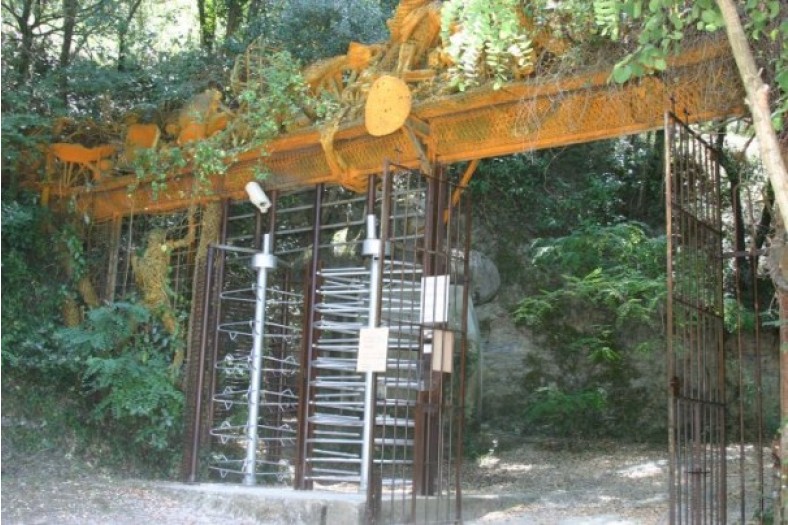
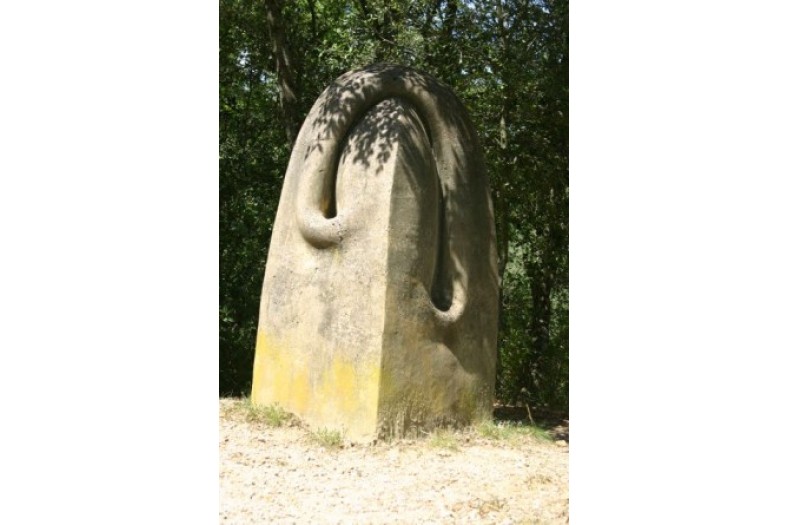
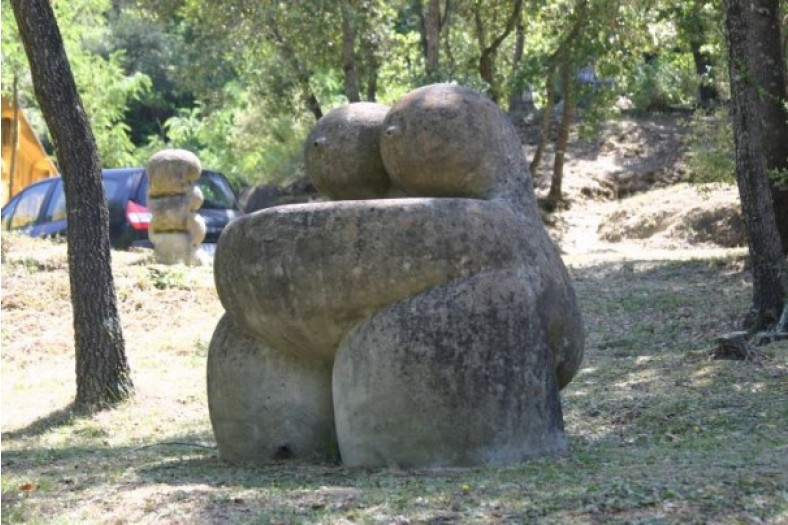
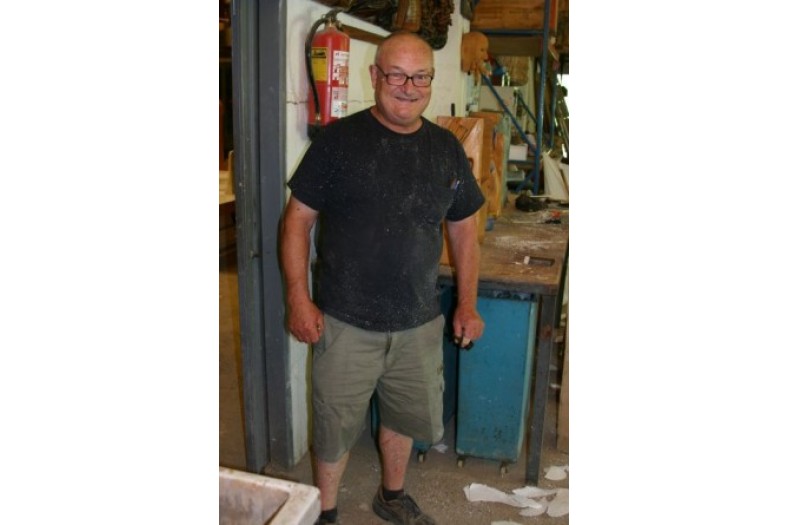
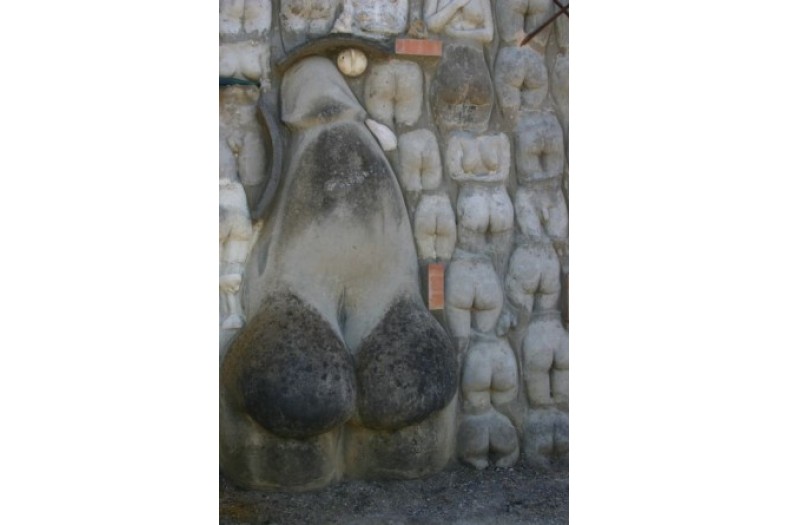
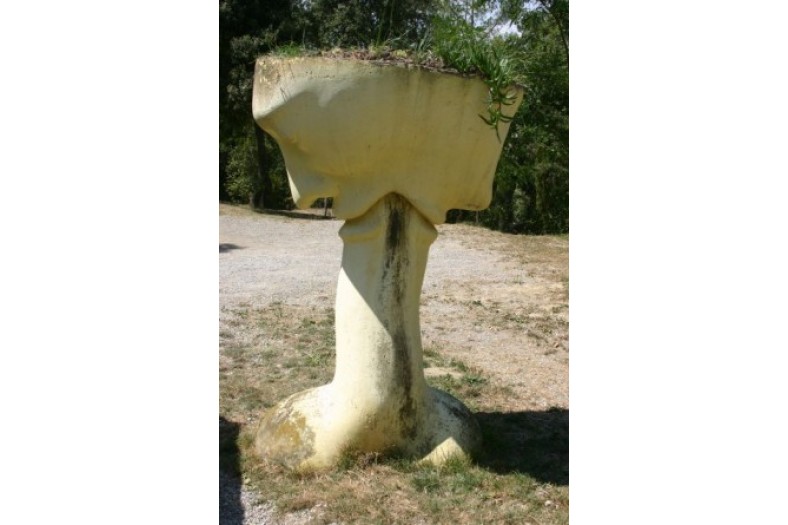
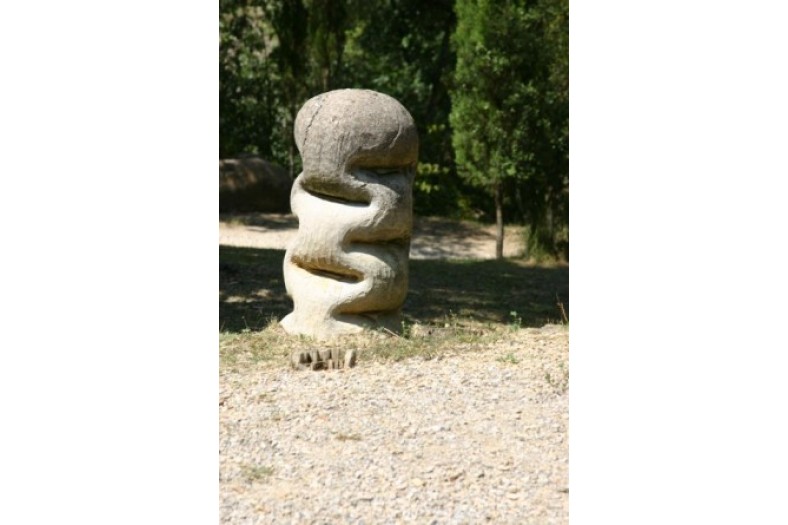
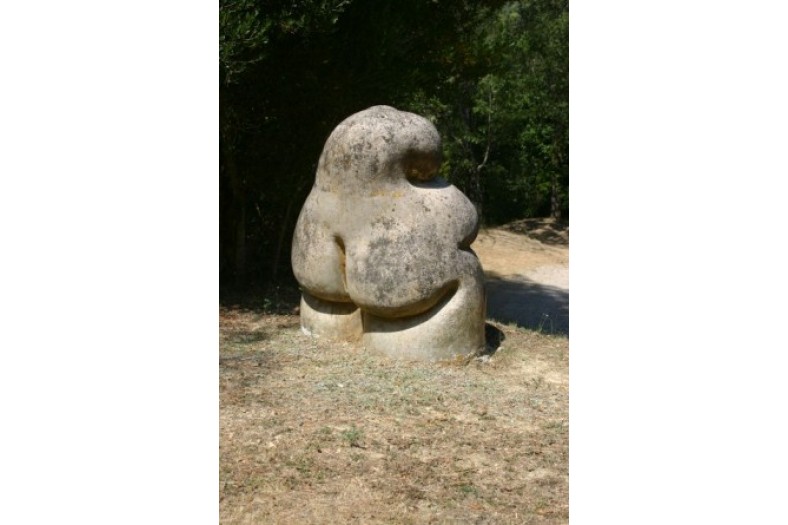
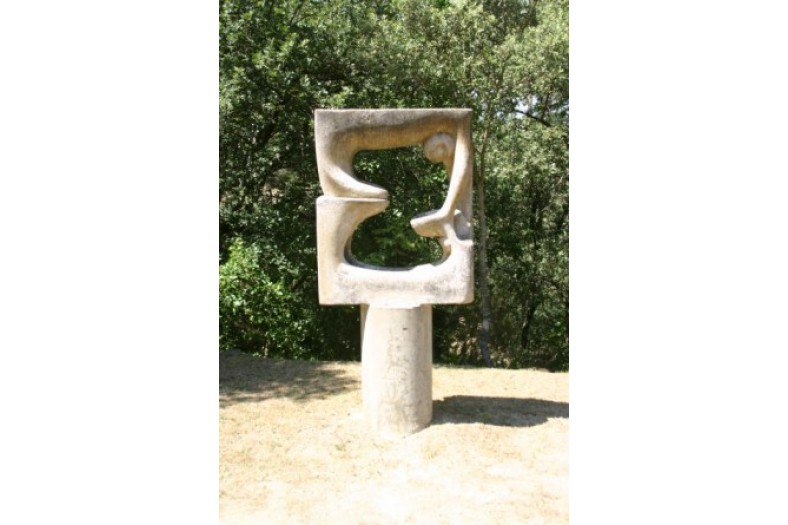
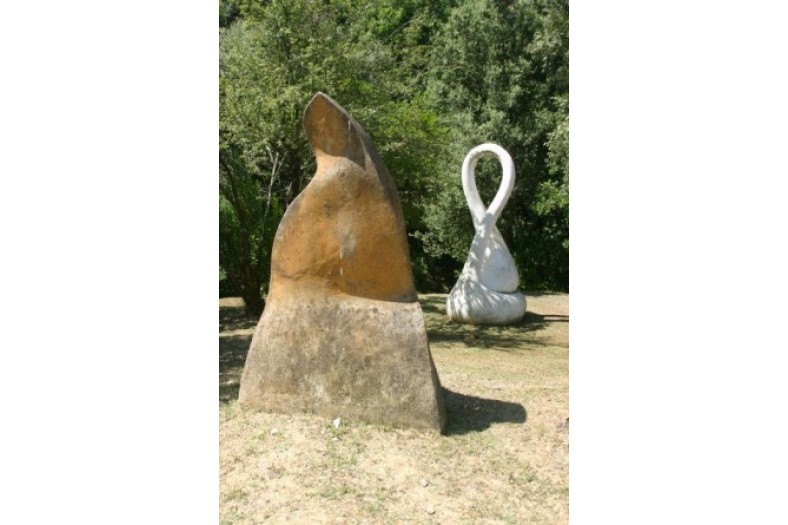
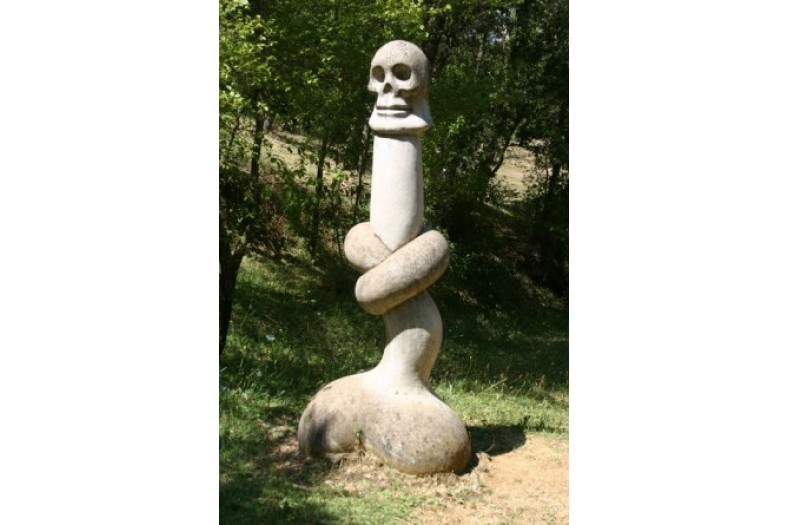
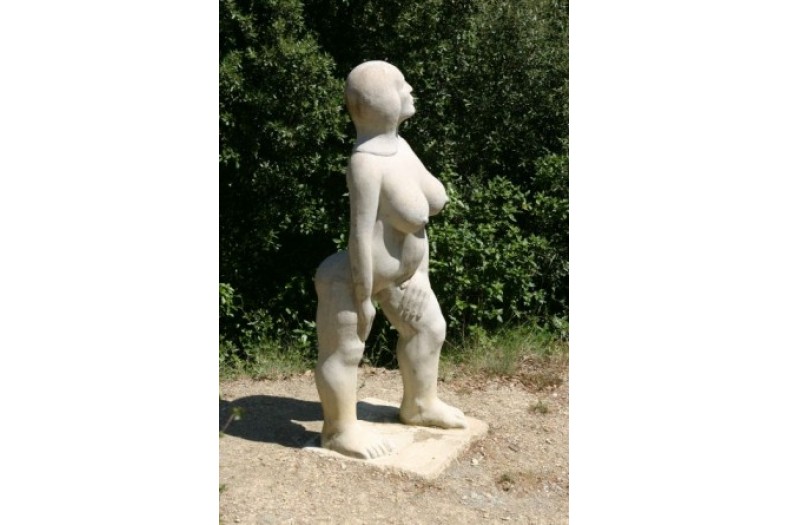
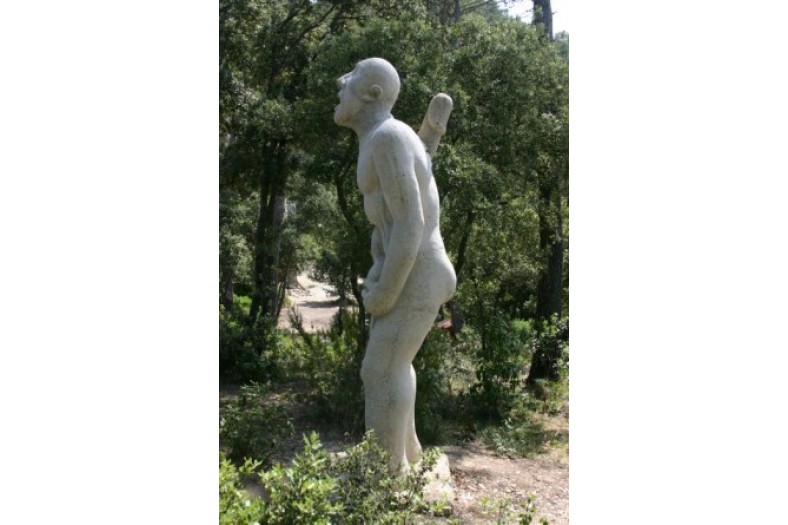
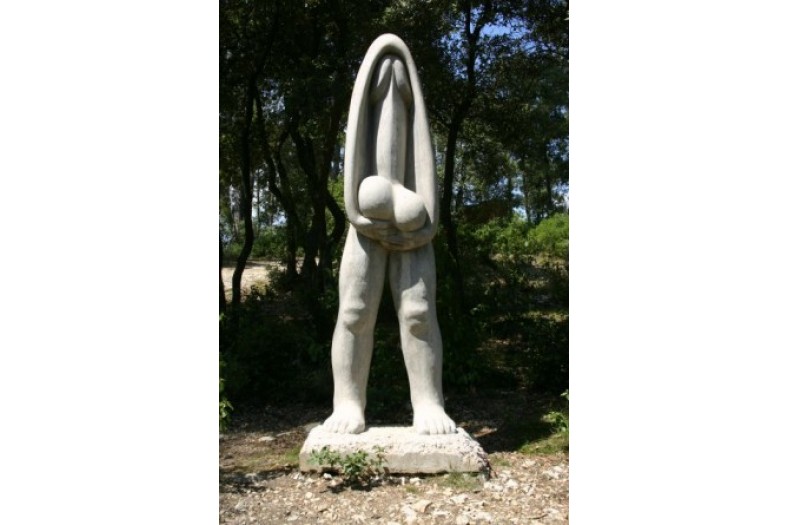
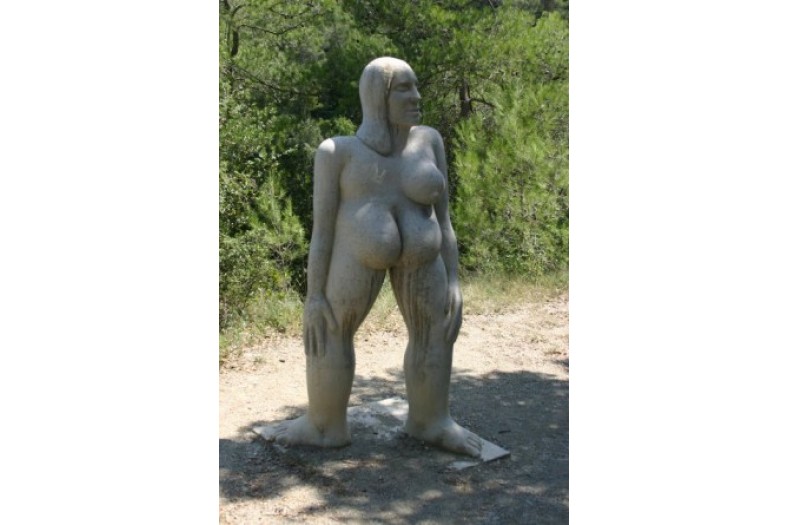
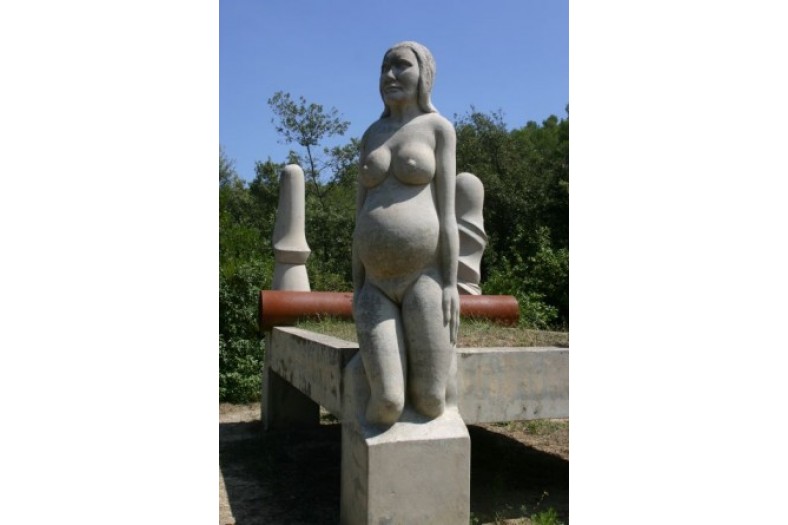
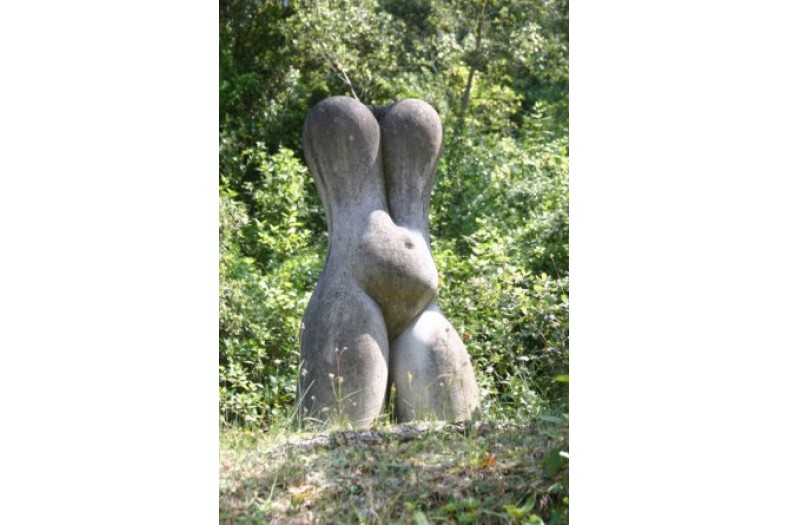
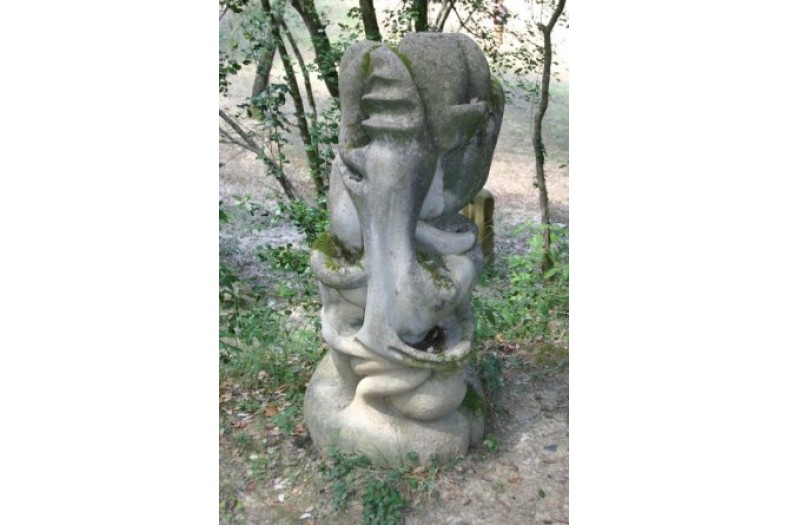
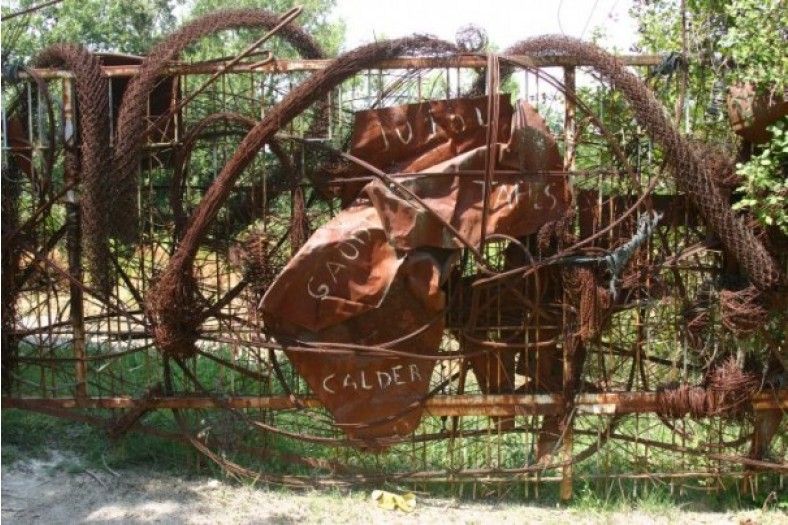
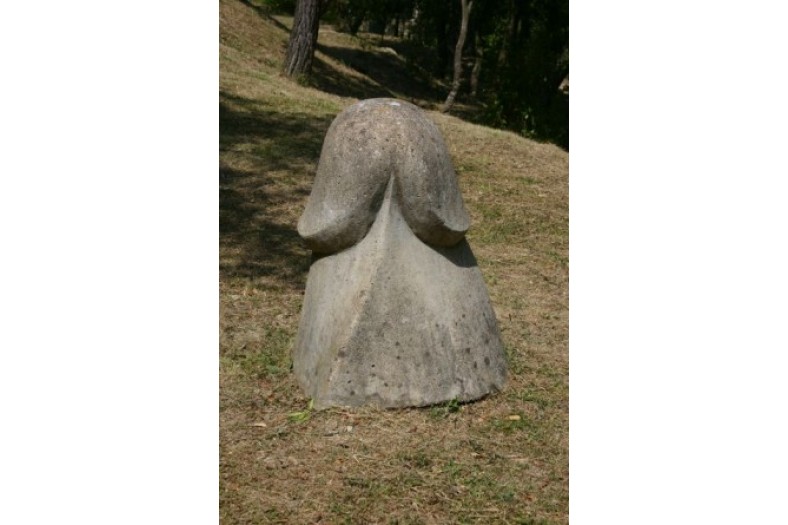
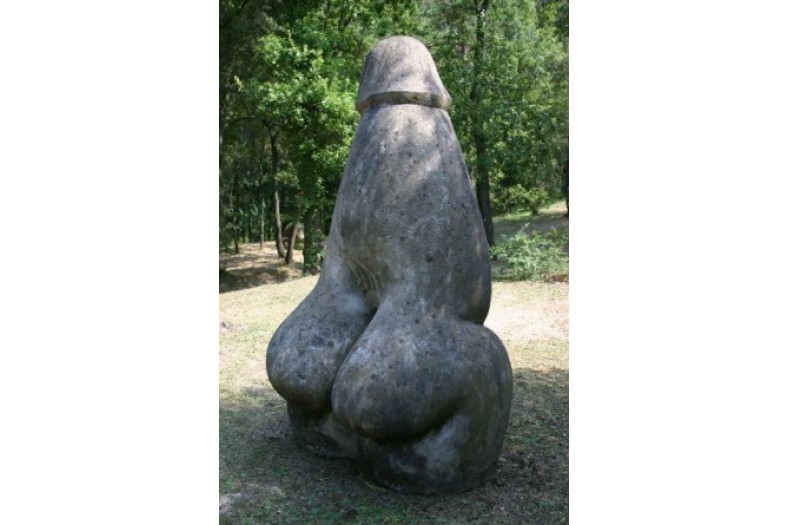
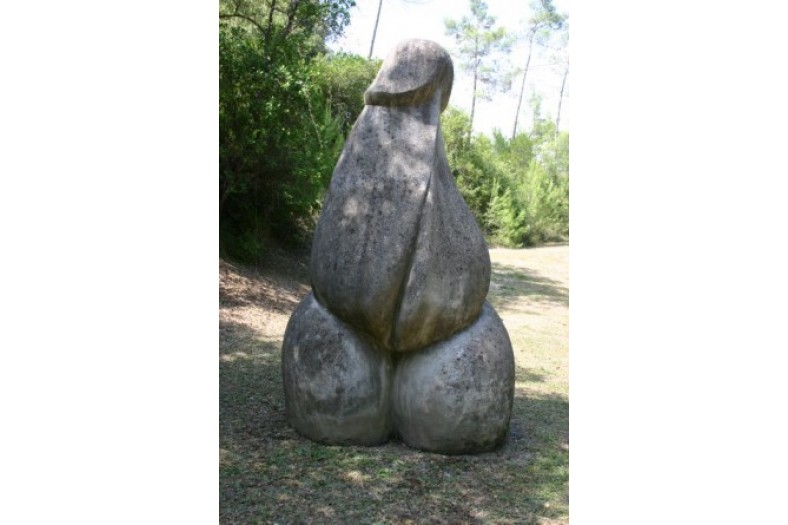
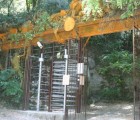
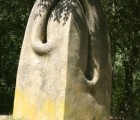
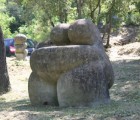
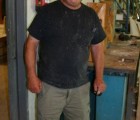
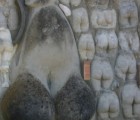
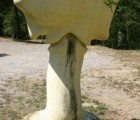
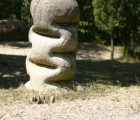
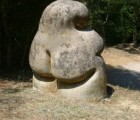
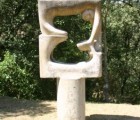
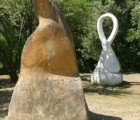
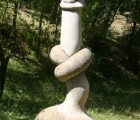
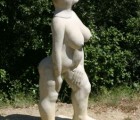
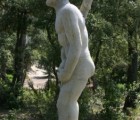
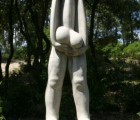
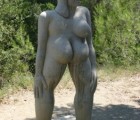
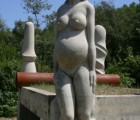
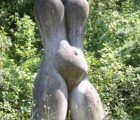
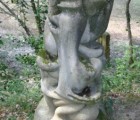
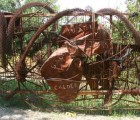
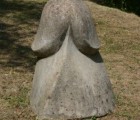
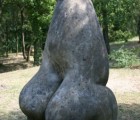
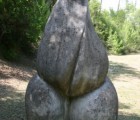
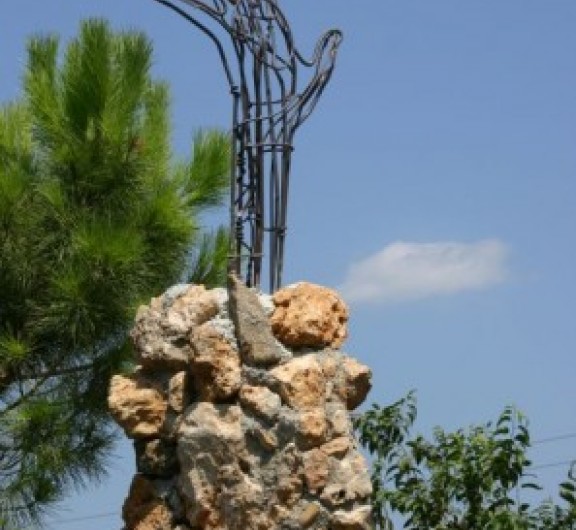
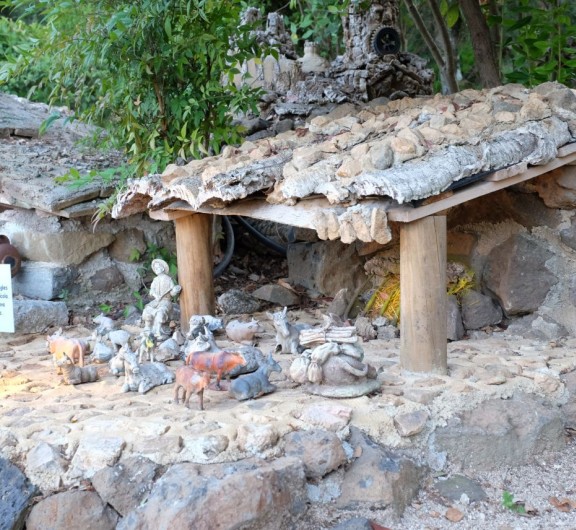
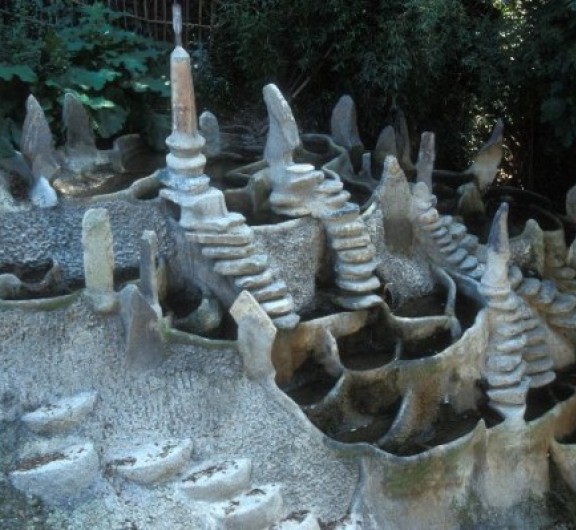
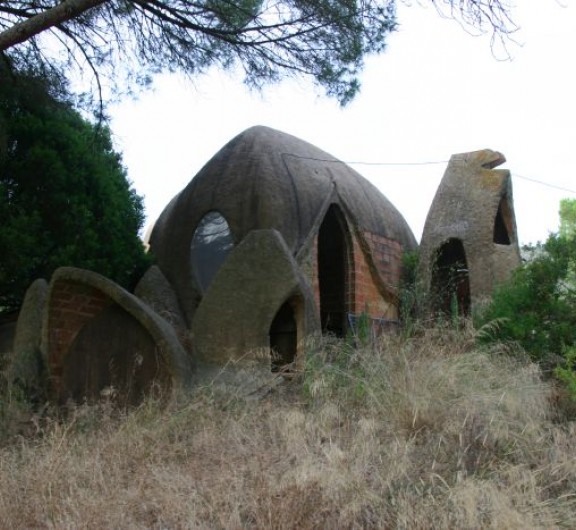
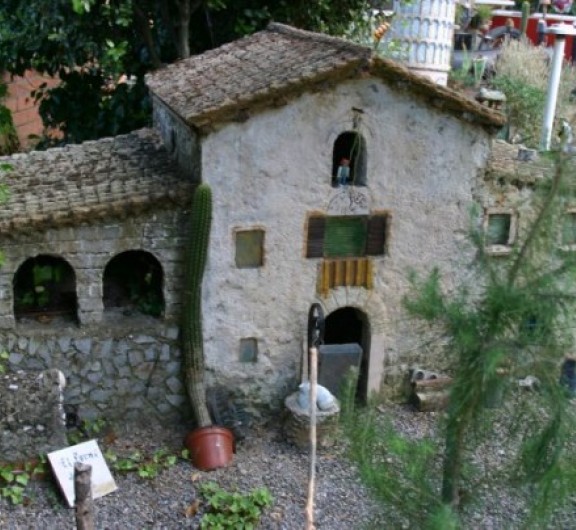
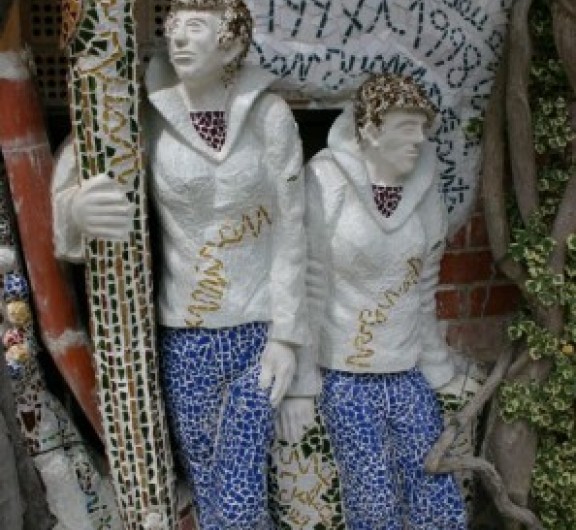

Post your comment
Comments
No one has commented on this page yet.